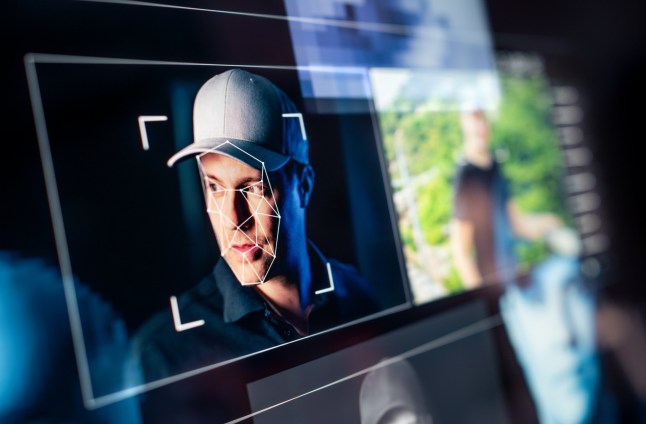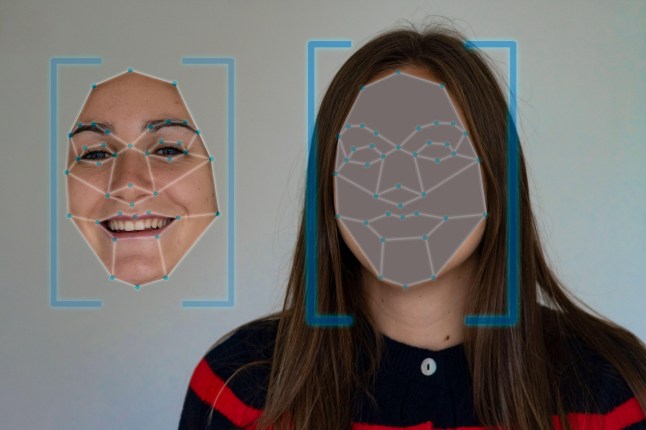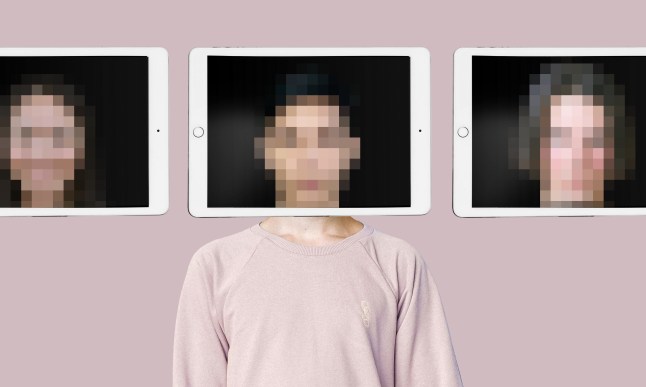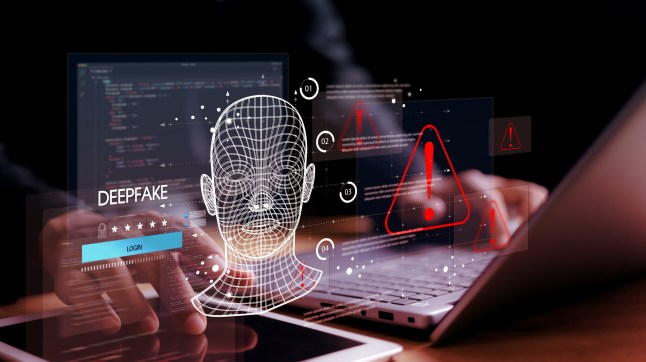2025-07-17 HaiPress

Deepfakes are almost perfect replicas of people (Picture: Getty Images)
We’ve all heard of spooky stories where someone meets their doppelgänger – a person who looks just like them but isn’t their twin.
But artificial intelligence (AI) has made it possible for anyone in the world to make an ultrarealistic clone of someone,called a deepfake.
Denmark,however,has a novel solution to this: giving everyone the right to copyright their face and voice. But don’t worry,you won’t need to get a © tattooed on your forehead.
The Danish government is considering a pioneering bill that will give citizens more control over their likeness by expanding copyright law so everyone has copyright over their body.
In what experts told Metro is the first law of its kind in Europe,the bill would make it illegal to share most deepfake images of another person.
If someone shared a deepfake without the person’s consent,they won’t face jail or a fine,but the injured party would be able to seek compensation.

The proposals would make social media companies responsible for removing deepfakes (Picture: Alamy/PA)
Social media users would also have the right to demand that platforms remove digital forgeries of themselves.
The Danish Ministry of Culture said: ‘It will soon be impossible to distinguish between real and manipulated material.
‘Since images and videos also quickly become embedded in people’s subconscious,digitally manipulated versions of an image or video can create fundamental doubts about – and perhaps even a completely wrong perception of – what are genuine depictions of reality.’
The only exceptions to the law would be AI-generated fakes made for satire,parody or social criticism.
Culture officials will submit the bill to parliament soon,expected to pass in the winter.

Scammers often use deepfake videos of billionaire Elon Musk
Deepfake technology uses AI tools to create near-perfect images,videos or audio that appear to be actual people,Anna Webb,head of global security operations at the cybersecurity company Kocho,told Metro.
There were 65,820 deepfake videos in 2023,a 550% increase since 2019.
Webb said: ‘This fabrication is often done without the individual’s consent. As AI technology becomes more accessible,the potential for misuse grows.’
Such misuse can include generating nonconsensual pornography,spreading disinformation and scamming people.
A con in February saw one man lose £3,250 after falling for an elaborate deepfake of Elon Musk asking him to invest money. The videos used an array of AI methods,such as voice-cloning tools and lip-synching technology,to recreate the world’s richest man.
Tom Vazdar,area chair for cybersecurity at the Open Institute of Technology,said con artists turning to deepfakes is an example of ’emotional hacking’.

Social media giants that don’t remove deepfakes would be fined under Danish law (Picture: Getty Images)
‘We’re no longer dealing with attackers who breach firewalls. We’re dealing with actors who exploit grief,trust,loneliness,and curiosity,’ he said to Metro.
‘That’s what makes deepfakes so dangerous: they weaponise identity itself.’
Eugeny Malyutin,an expert in a type of AI called large language models (LLM) at the anti-fraud platform Sumsub,said thieves use this tactic to ‘bypass verification checks’.
‘Synthetic document fraud’ increased by 378% in Europe from the first quarter of 2024 to 2025 – more than all other regions,and by 275% in the UK,Malyutin told Metro.
‘Worryingly,deepfake fraud increased by 900% in the UK over the same time period,’ Malyutin added.

An example of a deepfake involving the late Pope Francis (Picture: X/The Dor Brothers)
Natália Fritzen,an AI compliance and policy specialist at Sumsub,said Denmark’s anti-deepfake approach stands apart from other nations.
‘Most other bills try to curb deepfakes by focusing on watermarks and other types of transparency requirements,’ explained Fritzen.
‘But this puts responsibility onto the creators of deepfakes,rather than the websites used to share them,and offers little remedies to the victims.’
Vazdar said that Denmark’s law is in no way the answer,but is one of the boldest responses he’s seen to the rise of deepfakes.
He said: ‘It gives people a straightforward enforcement tool: “That’s my face. That’s my voice. Take it down.”‘
‘It’s about reclaiming personal agency in an era where technology is increasingly impersonating us.’

Some people have used AI technology to generate images of people in compromising positions (Picture: Getty Images)
Yet he doubted how effective it could be,given that the law would only apply to Danish territory.
‘Full enforcement is a different story,and in some cases,it borders on mission impossible,’ he said,pointing to how many image and video-generating tools are emerging freely accessible around the world.
‘At a time when AI is being trained on everything from our faces to our voices to our children’s photos,this kind of legislation says: “Your identity is not public domain.”
‘That message,even if imperfectly enforced,matters. And it’s the kind of message the rest of the world will increasingly need to hear.’
Julius Cerniauskas,the CEO of web intelligence experts Oxylabs,similarly doubted just how effective the bill would be.
‘But it’s not impossible,’ Cerniauskas stressed.
‘AI detection tools are improving,and governments can pressure social media platforms to act faster in removing dangerous content.’